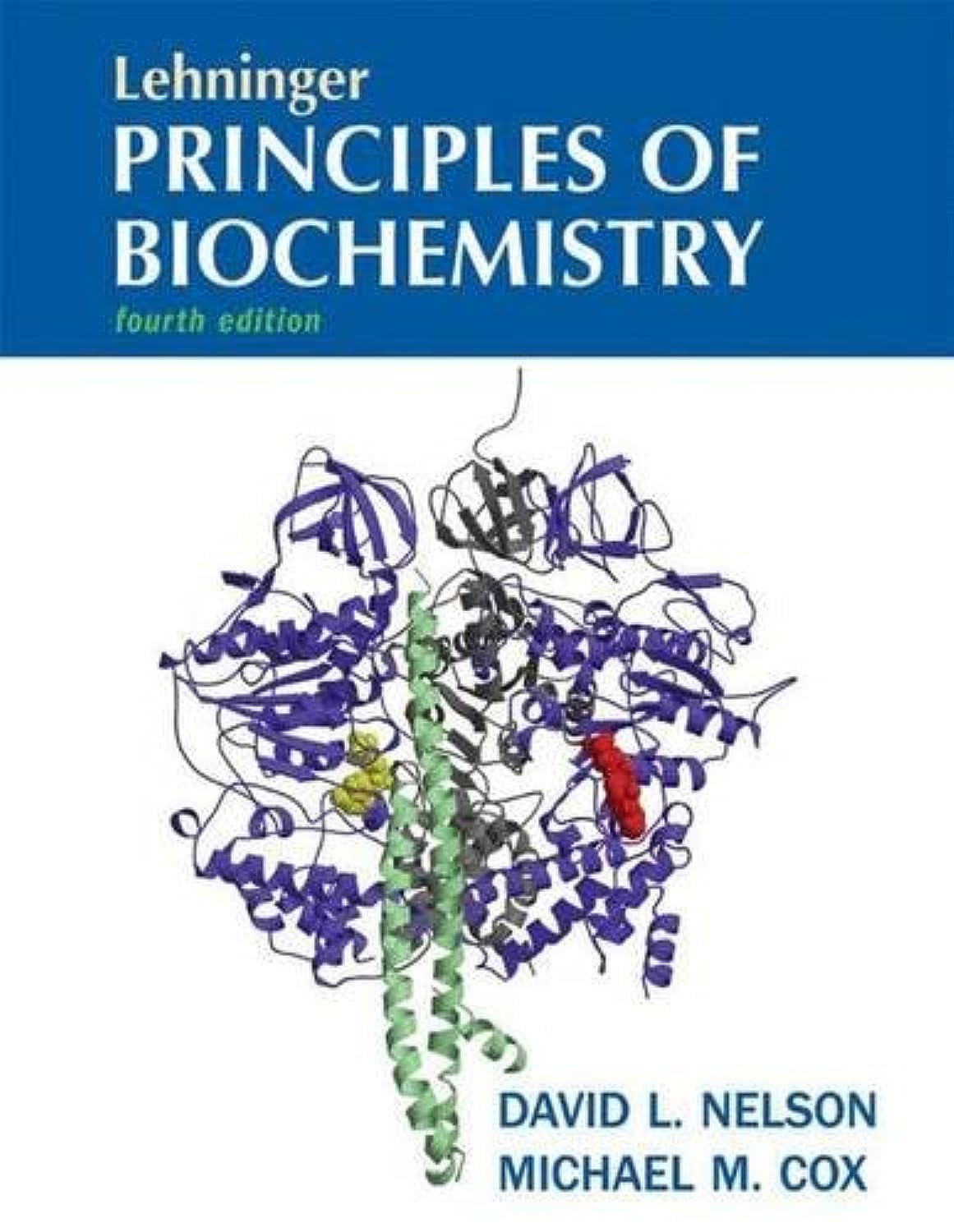About this deal
Box 16–3 Citrate: A Symmetric Molecule That Reacts Asymmetrically Box 16–4 Citrate Synthase, Soda Pop, and the World Food Supply Lehninger’s Principles of Biochemistry is now available in the Achieve platform. Achieve supports educators and students throughout the full range of instruction, including assets suitable for pre-class preparation, in-class active learning, and post-class study and assessment. The pairing of a powerful new platform with outstanding biochemistry content provides an unrivaled learning experience. Animated Techniques’ include short animations of laboratory techniques. Designed to provide students with an overview of protocol, these animations give students a conceptual understanding of what is happening at the chemical level. Coordinated Regulation of Glycogen Synthesis and Breakdown Box 15–1 Methods: Metabolic Control Analysis: Quantitative Aspects Box 15–2 Isozymes: Different Proteins That Catalyze the Same Reaction Box 15–3 Medicine: Genetic Mutations That Lead to Rare Forms of Diabetes Box 15–4 Carl and Gerty Cori: Pioneers in Glycogen Metabolism and Disease New section on emerging role of ribulose 5-phosphate as central regulator of glycolysis and gluconeogenesis
The authoritative reference, written with a framework for understanding. Available for the first time in Achieve (Macmillan's new online learning tool), the definitive reference text for biochemistry Lehninger Principles of Biochemistry, 8e helps students focus on the most important aspects of biochemistry – the principles! Dave Nelson, Michael Cox, and new co-author Aaron Hoskins identify the most important principles of biochemistry and direct student attention to these with icons and resources targeted to each principle.Pentose Phosphate Pathway of Glucose Oxidation Box 14–1 Medicine: High Rate of Glycolysis in Tumors Suggests Targets for Chemotherapy and Facilitates Diagnosis Box 14–2 Athletes, Alligators, and Coelacanths: Glycolysis at Limiting Concentrations of Oxygen Box 14–3 Ethanol Fermentations: Brewing Beer and Producing Biofuels Box 14–4 Medicine: Why Pythagoras Wouldn’t Eat Falafel: Glucose 6-Phosphate Dehydrogenase Deficiency Question Bank with thousands of additional questions to create an assignment from scratch or add to a curated assignment Lehninger Principles of Biochemistry, 8e continues to help students navigate the complex discipline of biochemistry with a clear and coherent presentation. Renowned authors David Nelson, Michael Cox, and new co-author Aaron Hoskins have focused this eighth edition around the fundamental principles to help students understand and navigate the most important aspects of biochemistry. Text features and digital resources in the new Achieve platform emphasize this focus on the principles, while coverage of recent discoveries and the most up-to-date research provide fascinating context for learning the dynamic discipline of biochemistry. Clear Art includes molecular structures created specifically for Lehninger to keep consistency with color and shape schemes.
Clear principles are identified at the outset of each chapter and called out with icons in the narrative of the chapter. The end-of-section summaries parallel the section content. Hundreds of new or revised figures make current research accessible to the biochemistry student. Contents The target audience includes senior undergraduate, graduate, and medical students. The authors are both knowledgeable and experienced. Case Studies introduce students to a biochemical mystery and allows them to determine what investigations will solve it. Accompanying assessments ensure that students have fully completed and understood the case study, showing that they have applied their knowledge of the concepts. This text has an emphasis on problem solving with in text ‘Worked Examples’ that take students through particular difficult equations to improve their quantitative problem-solving skills, and data ‘Analysis Problems’ that encourage students to synthesize what they have learned and apply their knowledge to the interpretation of data from the literature. More than 600 end-of-chapter problems (all available in Achieve) are also included to give students further opportunity to practice what they have learned.Albert L. Lehninger, Michael M. Cox, David L. Nelson Book Content Section I: Catalyst and Structure New box on G proteins, proteins that regulate their GTPase activity, and the medical consequences of defective G protein function
A flexible suite of resources to support learning core concepts, visualization, problem-solving, and assessment.New information on HMG-CoA reductase and new medical box on statins 22 Biosynthesis of Amino Acids, Nucleotides, and Related Molecules
Lehninger’s Principles of Biochemistry earned acclaim for its presentation and organization of complex concepts and connections, anchored in the principles of biochemistry. This legacy continues in the eighth edition with a new framework that highlights the principles and supports student learning. New section, Chemical logic and common biochemical reactions, discusses common biochemical reaction types 14 Glycolysis, Gluconeogenesis, and the Pentose Phosphate Pathway Pathways of Amino Acid Degradation Box 18–1 Medicine: Assays for Tissue Damage Box 18–2 Medicine: Scientific Sleuths Solve a Murder Mystery Biosynthesis of Cholesterol, Steroids, and Isoprenoids Box 21–1 Mixed-Function Oxidases, Oxygenases, and Cytochrome P-450 Purpose: The goal is to provide students with a thorough biochemistry text. Given the overall importance of modern biochemistry (broadly writ), this is a worthwhile objective. In general, the goals are met.Interactive Metabolic Map allows students to navigate and zoom between overviews and detailed views of the most commonly taught metabolic pathways. Embedded Tours take students through the pathways step-by-step, helping them to both visualize concepts in isolation and understand how concepts are connected. By examining the pathways in this way, students are better equipped to understand the meaning of those connections. Assessment questions help students solidify their understanding and provide more structure to their learning. *Metabolic Pathways include: glycolysis, gluconeogenesis, the citric acid cycle, oxidative phosphorylation, the pentose phosphate pathway, fatty acid synthesis, the urea cycle, and β oxidation. Protein Denaturation and Folding Box 4–1 Methods: Knowing the Right Hand from the Left Box 4–2 Permanent Waving Is Biochemical Engineering Box 4–3 Medicine: Why Sailors, Explorers, and College Students Should Eat Their Fresh Fruits and Vegetables Box 4–4 The Protein Data Bank Box 4–5 Methods: Methods for Determining the Three-Dimensional Structure of a Protein Box 4–6 Medicine: Death by Misfolding: The Prion Diseases New information on folic acid deficiency 23 Hormonal Regulation and Integration of Mammalian Metabolism
 Great Deal
Great Deal 